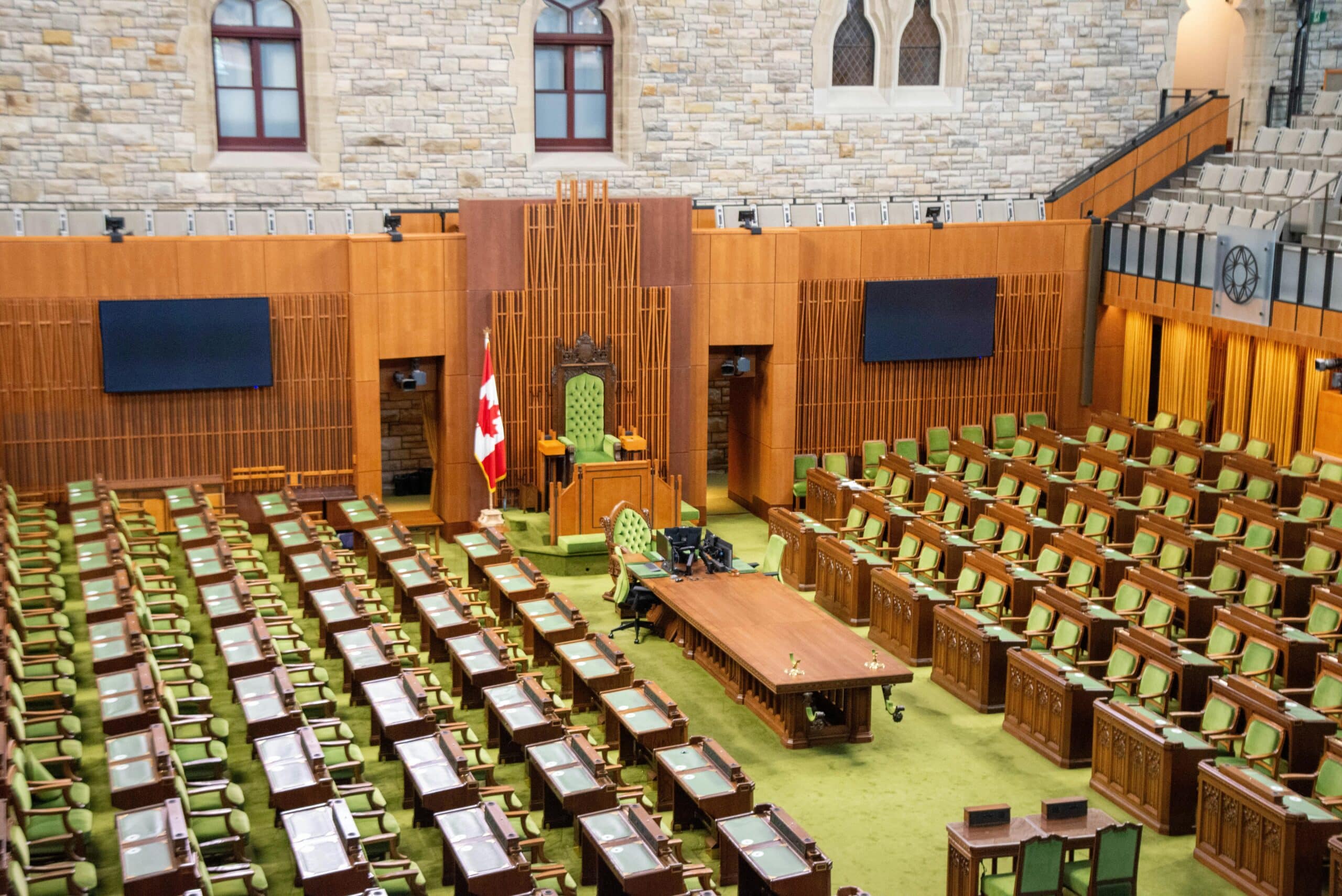Canadian taxpayers are often afraid of facing the Canada Revenue Agency (CRA). They might have knowingly submitted incorrect information on their tax returns, mistakenly left out income, or because of bad recordkeeping, provided incomplete information on past returns.
What many Canadians don’t know is the CRA has a Voluntary Disclosure Program (VDP) which has been extremely beneficial for taxpayers who had unreported income, or had been delinquent in filing tax returns or information returns. Under the “Current Voluntary Disclosure Program (VDP)”, taxpayers can come forward without risk of penalties being levied.
It’s true – if you come to them before they come to you, the CRA will often waive any penalties and substantial interest. You may be able to avoid the hassle of a CRA audit too. However, the benefits of the Current VDP will change effective March 1, 2018.
If you are contemplating making a voluntary disclosure, it is strongly recommended that you do so before March 1, 2018, since the Current VDP is more taxpayer friendly than the “New VDP”.
Changes to the Current VDP
In a report on the VDP released by the Offshore Compliance Advisory Committee, it was suggested that the Current VDP had been the subject of abuse by a number of taxpayers. Accordingly, the CRA announced that beginning March 1, 2018, the Current VDP will come to an end, and will be replaced by a new program (the “New VDP”). The New VDP has significant limitations compared to the Current VDP and consequently, will be significantly less attractive to taxpayers.
The most notable changes include:
- The inability to make a no-names disclosure. Under the New VDP, all applications must identify the taxpayer at the time of application.
- The requirement to pay the estimated taxes owing at the time of the application.
- The reduction or denial of interest relief available under the Current VDP.
The New VDP will essentially have two tracks – a limited program and a general program. The limited program is where we see the most significant changes from the Current VDP. Some examples of situations that would fall into the limited program, rather than the general program, include:
- Multiple years of non-compliance by the taxpayer(s).
- Sophisticated taxpayer(s) involved.
- Large dollar amounts involved.
- Situations where the taxpayer(s) made active efforts to avoid detection.
The main benefit of the limited program is that the CRA will provide relief from criminal prosecution and gross negligence penalties. All other interest and penalties will be applied.
The general program will be similar to the Current VDP; however, the general program will only be available to taxpayers for which the limited program is not applicable. This eligibility is determined at the discretion of the CRA. Practically speaking, this means that the general program is available where an error was committed by a taxpayer.
Can I still benefit from the Current VDP?
Besides the advantages mentioned above, the ability to avoid penalties being imposed by the CRA is the most significant benefit of the Current VDP. We believe this is an opportunity worth seizing before it’s too late.
At this point in time, it is unlikely that no-name applications will be accepted, since the CRA would need to receive and process the application by February 28, 2018. However, there is still an ability to make a named disclosure by the February 28, 2018 deadline.
For more information on the upcoming changes to the VDP, or to learn more about how these changes may affect you personally, speak to your Zeifmans advisor today at 416.256.4000, or contact:
Nathan Choran, Partner nc@zeifmans.ca



